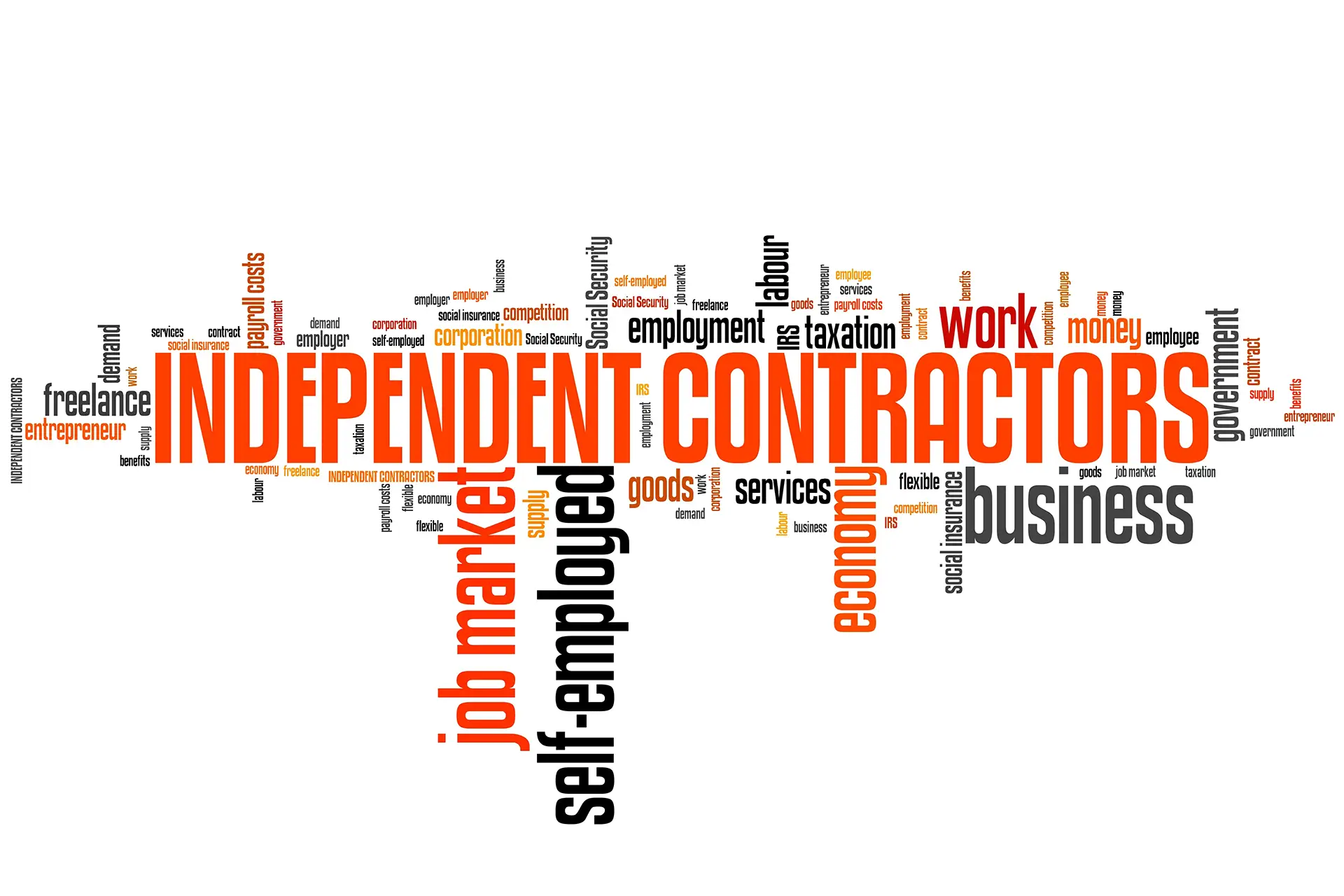One way Public Housing Authorities (PHAs) address living conditions in properties is via a Rental Assistance Demonstration (RAD) conversion. This changes how a rent subsidy is delivered to a property, while allowing owners to access additional capital. Residents have the same benefits, rights, and protections. However, the process of transitioning from traditional public housing to RAD involves several complexities that PHAs need to understand.
- Understanding RAD Conversions: RAD allows PHAs to access additional funding sources for the purpose of maintaining, repairing and/or replacing public housing properties. As a result, affordable housing stock can be improved and preserved. Under this program, public housing properties are converted to the Section 8 program to ensure they remain affordable on a permanent basis.
- Benefits of RAD Conversions: Conversion to RAD can provide several benefits. These include access to private sources of capital to make critical repairs and improvements, a stable and predictable funding source, and a reduction in the regulatory and administrative burdens of public housing.
- The Conversion Process: The RAD conversion process is complex and involves multiple stages. PHAs must inform residents, hold at least two resident meetings at multiple stages, apply to HUD for approval, complete a physical conditions assessment, develop a financing plan, secure commitments from private or public lenders, and then convert the units (plus temporarily relocate residents, if necessary).
- Role of an Accountant: An accountant can play a critical role in guiding a PHA through a RAD conversion. They can help in preparing the financial projections required for the application, reviewing the financing plan, and ensuring compliance with the financial reporting requirements of the Section 8 program.
- Risk Management: While RAD conversions offer numerous benefits, they also present some risks. These might include potential displacement of residents during renovations, changes in tenant rent contributions, and possible non-compliance with HUD regulations. PHAs need to carefully consider these risks and develop appropriate risk management strategies.
- Resident Engagement: Resident engagement is a critical aspect of RAD conversions. Before submitting a RAD application, PHAs are required to inform and consult with residents (including the Resident Advisory Board). This includes notifying residents about the proposed conversion, holding at least two meetings with residents to discuss the plan and solicit feedback, and providing regular updates on the progress of the conversion. After receiving a Commitment to enter into a Housing Assistance Payment (CHAP) contract, the PHA must have at least two additional resident meetings to share updates and get feedback.
Understanding RAD conversions can be challenging. However, with the right information and guidance, PHAs can successfully navigate this process to improve the quality and sustainability of their housing stock. It is essential for PHAs to collaborate with experienced professionals in the field, such as accountants, to ensure a smooth and compliant conversion process. To learn more, refer to the HUD RAD Resident Fact Sheet.
If you are interested in learning more or getting started with your RAD conversion, RBT CPA accounting professionals are available to help. (We can also support your tax, audit, and advisory needs). To learn more, give us a call today.
RBT CPAs is proud to say 100% of its work is prepared in America. Our company does not offshore work, so you always know who is handling your confidential financial data.










